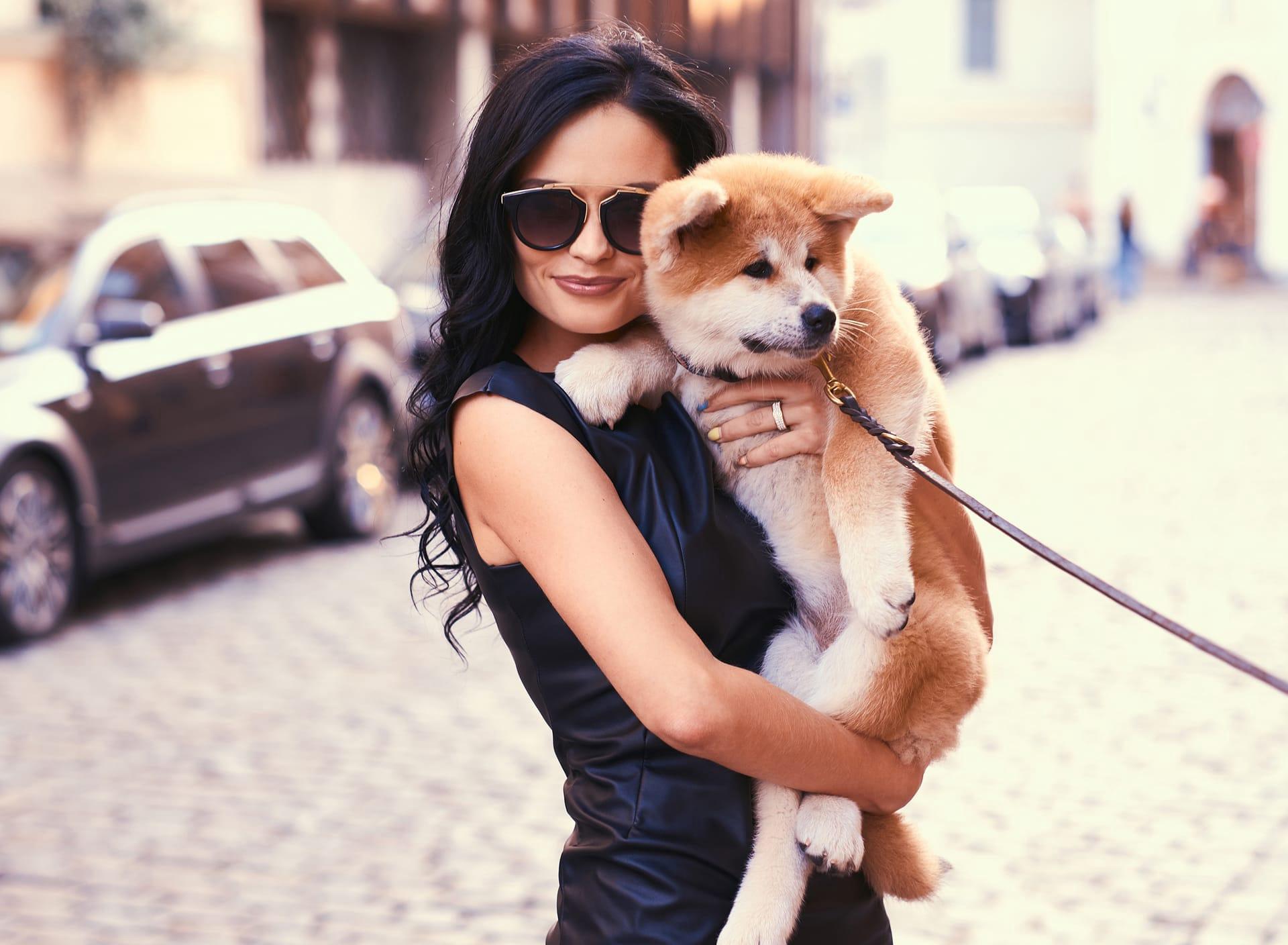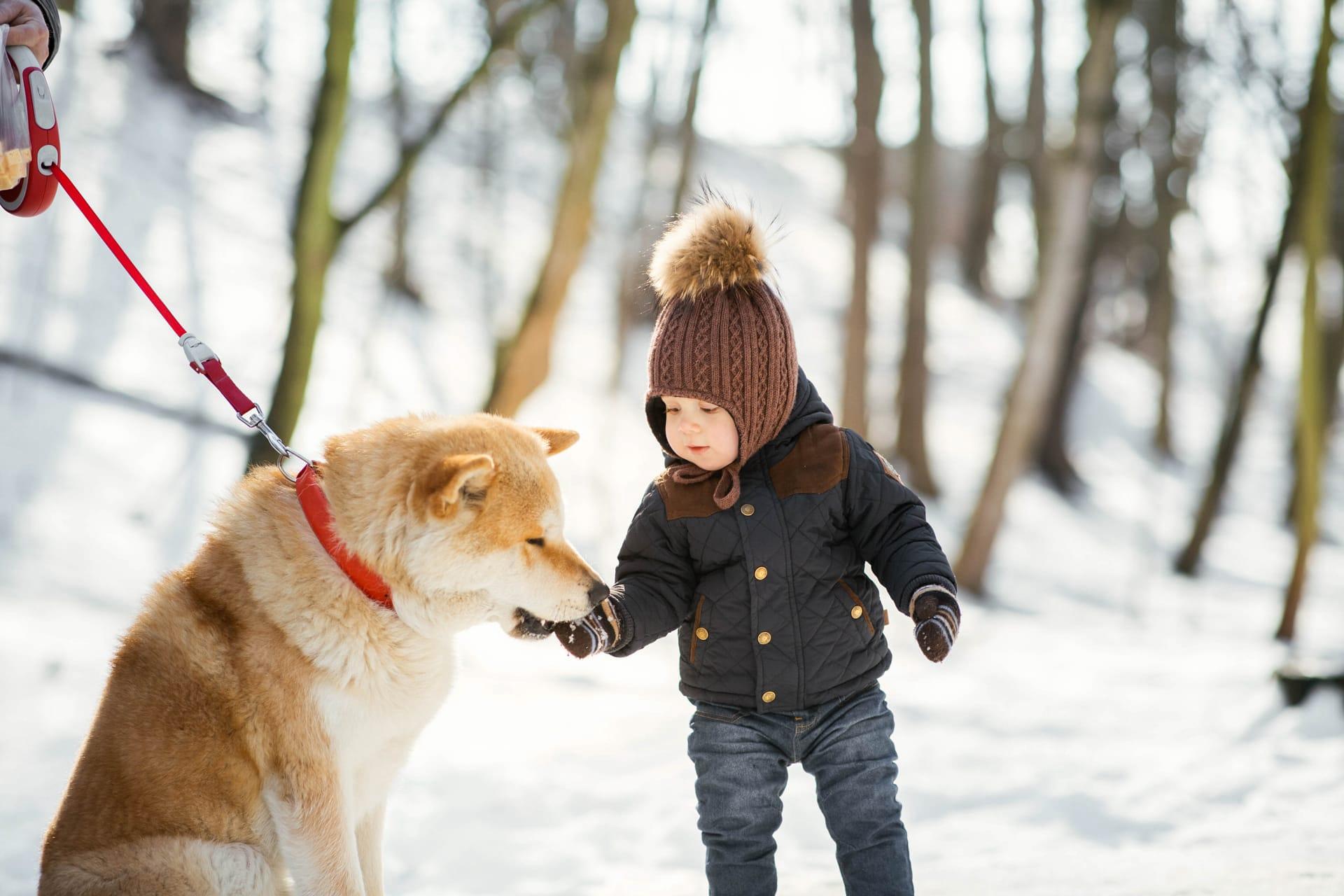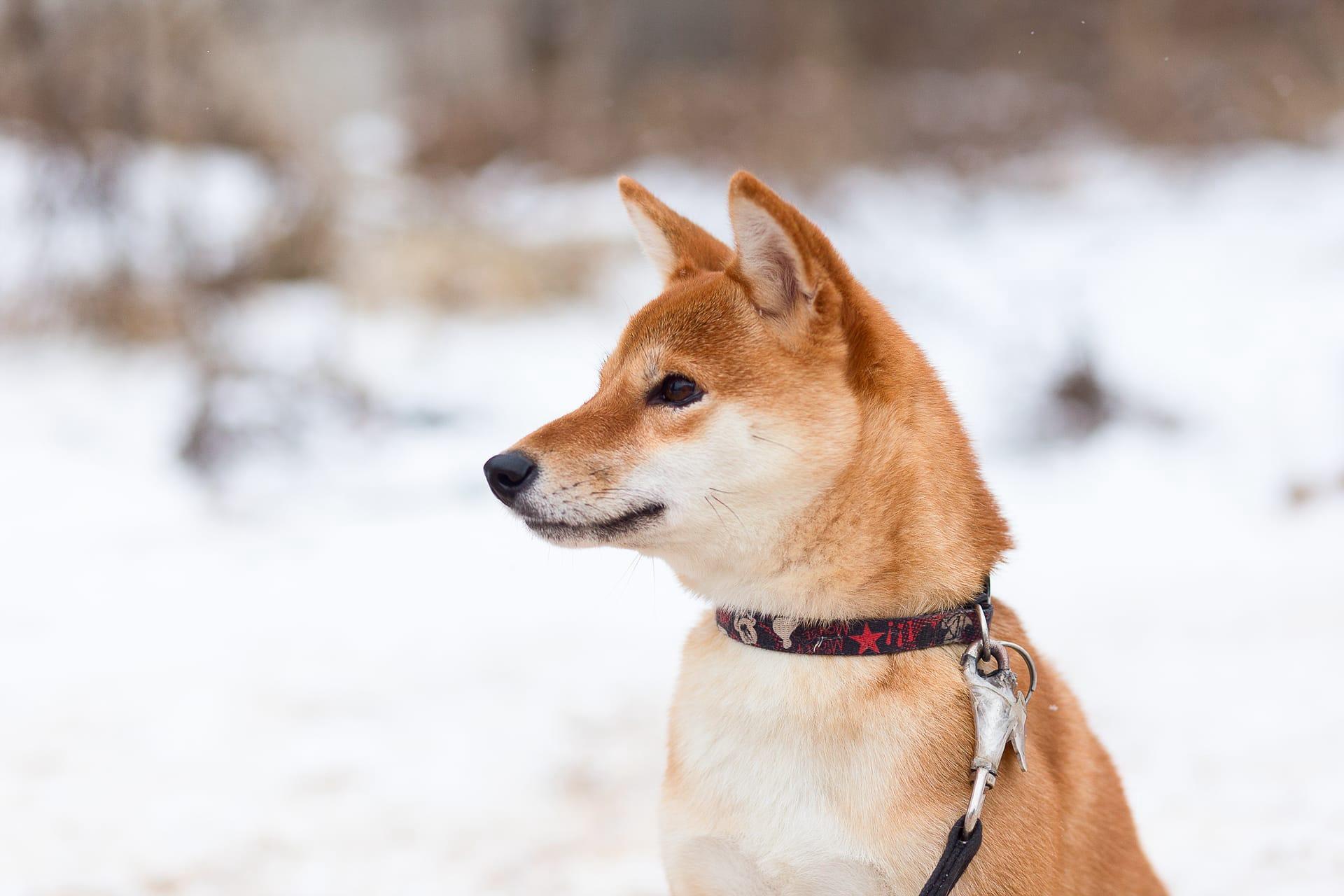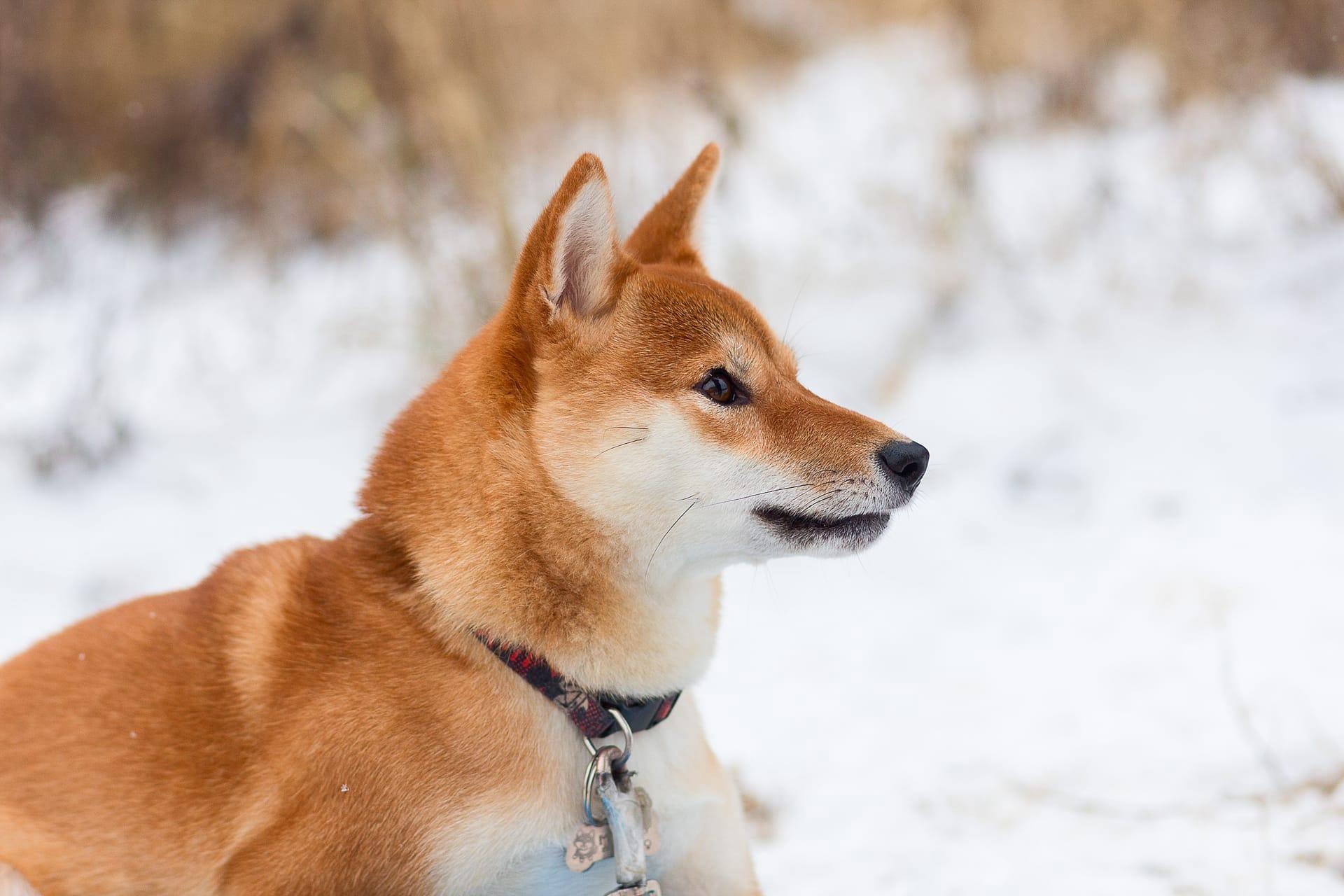Akita Trivia
- Home /
- Trivia Question /
- Animal /
- Akita Trivia
1
Question: How large can an Akita grow and are they considered a large breed?
Answer: Absolutely, Akitas are considered a large breed. An adult male Akita typically stands between 26 to 28 inches tall at the shoulder and weighs around 100 to 130 pounds. Females are slightly smaller, usually standing 24 to 26 inches tall and weighing 70 to 100 pounds. Their robust build and imposing size are part of their distinctive characteristics.
Question: What's the average lifespan of an Akita, and how does their health fare as they age?
Answer: Akitas have an average lifespan of 10 to 15 years. As they age, they're prone to certain health issues like hip dysplasia, hypothyroidism, and progressive retinal atrophy. Regular vet check-ups and a healthy lifestyle can help manage these conditions. Their longevity is quite impressive for a dog of their size, but it's crucial to keep an eye on their health as they grow older.

2
Question: Is it true that Akitas are naturally aggressive dogs?
Answer: This is a common misconception. Akitas are not inherently aggressive but are known for their strong territorial instincts. They tend to be aloof with strangers but are fiercely loyal to their family. Proper socialization and training from a young age are essential to ensure they're well-adjusted and friendly.
Question: Do Akitas shed a lot, and how should their fur be maintained?
Answer: Yes, Akitas are heavy shedders, especially during the shedding seasons in spring and fall. They have a double coat that requires regular brushing, at least once a week, and more frequently during shedding periods. Regular grooming helps manage their shedding and keeps their coat healthy and clean.

3
Question: What kind of climate is best suited for an Akita, and why?
Answer: Akitas are well-suited for colder climates due to their thick double coats, which protect them from low temperatures. They originated in the mountainous regions of Japan, where it's often cold. In hot weather, they need plenty of shade and water to prevent overheating. Their coat offers insulation against both cold and heat but is more efficient in colder conditions.
Question: How much exercise does an Akita need, and what type of activities are best for them?
Answer: Akitas require moderate exercise to maintain their health and happiness. About 30 to 45 minutes of daily physical activity, like brisk walks or playtime in a secure area, is ideal. They enjoy activities that engage their mind and body, such as obedience training, agility, and interactive games. Despite their size, they don't need excessive exercise but do need consistent, daily activities to keep them fit.

4
Question: Are Akitas good with children, and what are important considerations for families?
Answer: Akitas can be great with children, especially when raised with them from puppyhood. It's important to teach children how to interact respectfully and gently with dogs. Akitas are protective and may intervene if they perceive a threat to 'their' children. Supervision during interactions is essential, as with any large dog breed.
Question: What is the significance of the Akita's curled tail, and does it have a functional purpose?
Answer: The curled tail of an Akita is one of its most distinguishing features and is more aesthetic than functional. It's a breed standard and symbolizes the Akita's spitz heritage. The curl can vary from a gentle curl to a tight curl over the back. While it adds to their distinctive look, it doesn't have a specific functional purpose.

5
Question: What are the key differences between American and Japanese Akita breeds?
Answer: The American Akita and the Japanese Akita (Akita Inu) have distinct differences. American Akitas are larger and more robust, with a broader range of coat colors and bear-like heads. Japanese Akitas are smaller, have fox-like features, and are usually red, white, or brindle. These differences evolved due to breeding practices in different countries.
Question: Can Akitas adapt well to apartment living, and what are the considerations for urban owners?
Answer: Akitas can adapt to apartment living if their exercise and mental stimulation needs are met. They're relatively low-energy indoors and are known for being quiet and clean. However, they need daily exercise and can be prone to boredom and destructive behavior if not adequately stimulated. Socialization and training are crucial, especially in an urban environment where they'll encounter many people and other dogs.